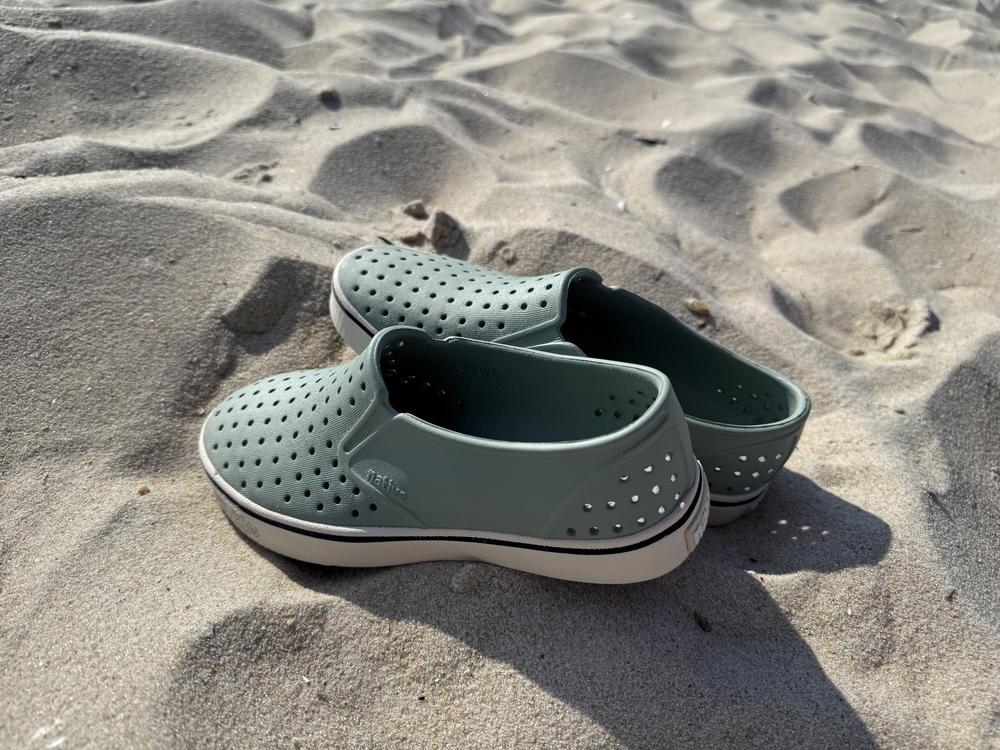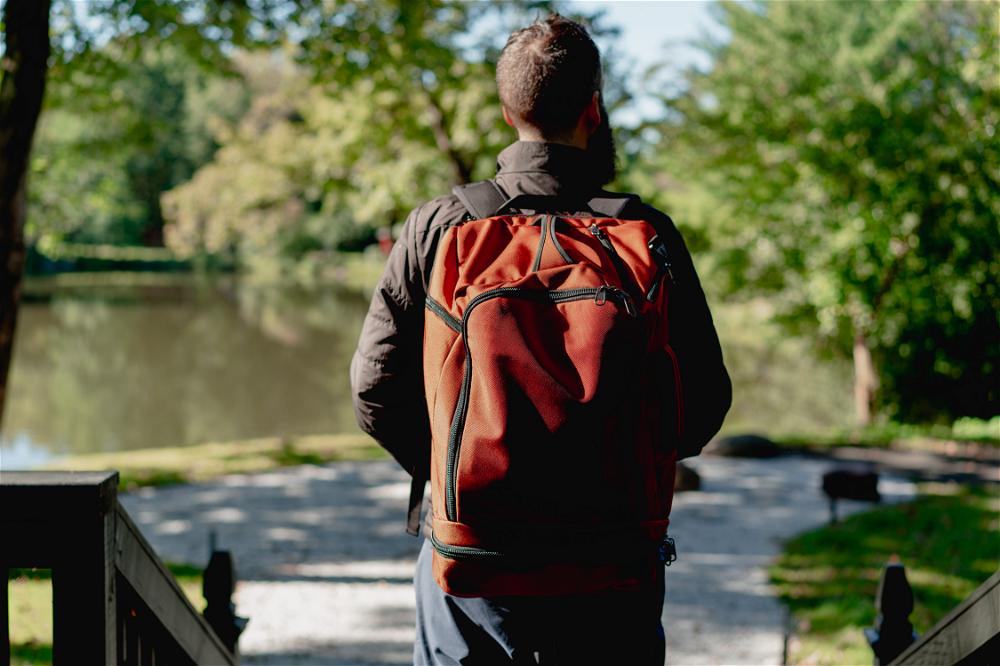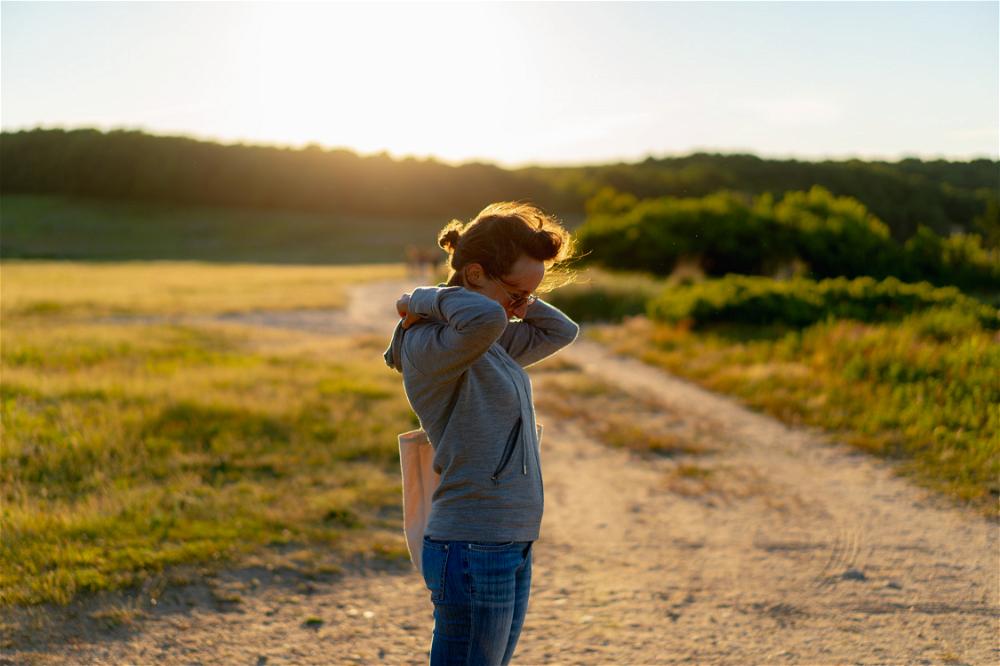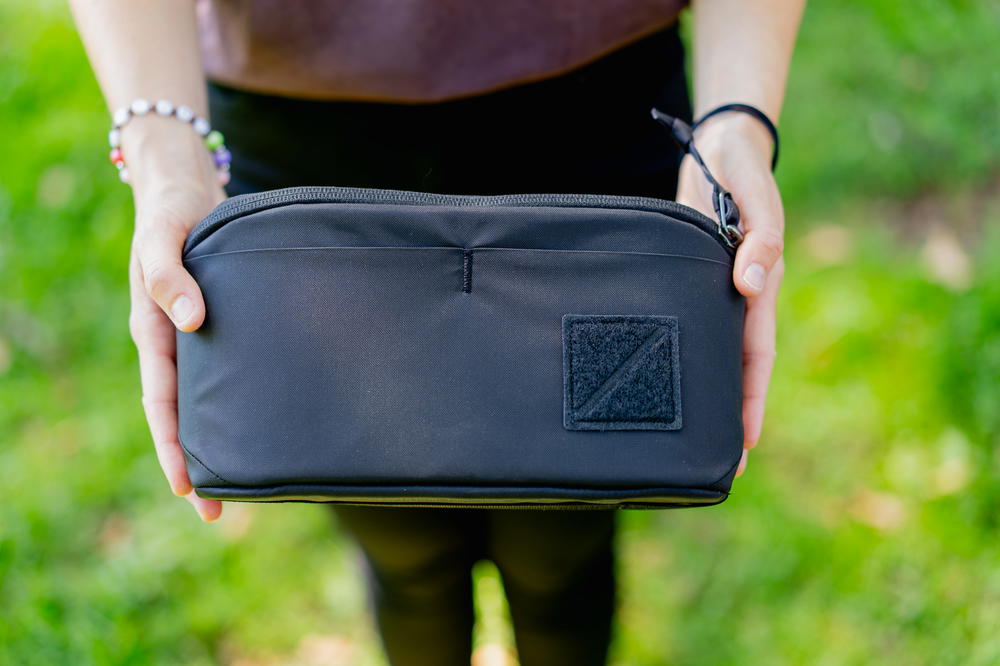Travel Shoes Review Criteria

See how we score travel shoes across detailed criteria with weighted ratings.
This article may contain affiliate links. We earn a small commissions when you purchase via those links — and it's free for you. It's only us (Becca & Dan) working on this website, so we value your support! Read our privacy policy and learn more about us.
Table of contents
- Scoring Overview
- All-day comfort (12%)
- Support & stability (11%)
- Fit & sizing consistency (9%)
- Breathability & moisture control (11%)
- Weather & water performance (8%)
- Traction on different surfaces (9%)
- Weight & balance on foot (9%)
- Slip-on convenience (5%)
- Packability in luggage (9%)
- Durability over time (9%)
- Insole quality & replaceability (4%)
- Style & outfit versatility (9%)
- Overall value for price (5%)
- Related Reviews
- Where to go next
This page details the specific criteria we use when reviewing travel shoes. Each criterion has a weight that contributes to the overall score. Learn more about how our scoring system works.
Scoring Overview
Each criterion below is weighted as a percentage of the total score. We evaluate each product on a scale of 1 to 5 for every criterion, then multiply by the weight to calculate the final rating.
All-day comfort (12%)
Travel means 10,000 to 20,000 steps per day, so comfort must be excellent. I’m evaluating cushioning tuned for long walking days, checking pressure distribution on the forefoot and heel. I’m testing shock absorption on hard pavement since travel involves far more concrete than lifestyle sneakers see. I’m checking for hot spots and blister avoidance because nothing ruins a trip faster than foot pain. I’m also assessing comfort during foot swelling on long flights. Travel shoes face airport days, city tours and long museum visits. Comfort determines whether you can keep walking or need to stop.
Support & stability (11%)
Support matters more when you’re carrying luggage or walking with kids. I’m evaluating arch structure and arch support options since weak arches fail fast on long days. I’m checking midsole stability for uneven sidewalks because travel involves unpredictable terrain. I’m testing heel cupping and ankle stability. I’m assessing lateral support when walking on sloped or irregular surfaces. I’m evaluating energy return and midsole stiffness. I’m also checking rolling behavior to see if the shoe over-pronates or feels sloppy. Support separates shoes that work for travel from shoes that work for errands.
Fit & sizing consistency (9%)
Travel shoes aren’t useful if they only fit perfectly at home. I’m evaluating how well the size matches expectations since sizing varies wildly between brands. I’m checking room for foot swelling on long flights because feet expand during travel days. I’m testing toe box comfort since cramped toes cause problems fast. I’m assessing fit across different foot widths. I’m also checking how the fit changes after hours of walking. Travel shoes must accommodate swelling, movement and long wear without causing problems.
Breathability & moisture control (11%)
Travel shoes must handle big swings between hot streets and AC-cooled interiors. I’m evaluating airflow through the upper, testing performance in hot and humid climates. I’m checking sweat evaporation rate since wet feet cause blisters. I’m assessing odor resistance because you’ll wear these shoes repeatedly on trips. I’m testing winter comfort to see if over-ventilation makes them too cold. I’m evaluating lining materials and moisture-wicking behavior. Travel shoes face temperature extremes that lifestyle sneakers never see.
Weather & water performance (8%)
Travelers rarely need deep waterproofing. They need smart weather performance. I’m evaluating light rain resistance and checking how quickly they dry after getting wet. I’m testing protection from puddles and splashes. I’m assessing insulation in cool climates. I’m checking performance in humid and rainy destinations. I’m also evaluating whether socks stay dry in typical travel weather. Travel shoes must handle unexpected rain without becoming unusable.
Traction on different surfaces (9%)
This is one of the most predictive factors of shoe success in Europe. I’m evaluating grip on wet pavement, which is critical for safety. I’m testing cobblestone traction since many destinations use cobblestones. I’m checking performance on airport tile, hotel floors and shopping centers. I’m assessing light dirt paths or gravel. I’m testing slip resistance on rainy days. I’m also evaluating confidence on uneven city terrain. Poor traction makes travel stressful and dangerous.
Weight & balance on foot (9%)
Heavy shoes destroy long travel days. I’m evaluating overall weight after several hours of wear. I’m testing balance and swing weight to see if they feel clunky or nimble. I’m checking flexibility versus stability balance. I’m assessing movement efficiency. I’m testing fatigue reduction during long walking routes. Travel shoes should feel light and efficient, not like anchors on your feet.
Slip-on convenience (5%)
This is critical for airport security, plane comfort and hotel use. I’m evaluating TSA-friendly entry and exit speed. I’m testing ease of taking them on and off in tight spaces like airplane seats. I’m checking heel comfort when used as slip-ons since some slip-ons dig into heels. I’m assessing whether they stay secure when worn without laces. This is a meaningful real-world differentiator that makes travel days easier.
Packability in luggage (9%)
The best travel shoes reduce the number of pairs you need to bring. I’m evaluating compressibility when packed since some shoes collapse better than others. I’m testing bulk footprint inside luggage. I’m checking ability to double as plane shoes for comfort during flights. I’m assessing whether they replace multiple shoes, working for gym, walking and casual use. Travel shoes should pack efficiently without taking up valuable luggage space.
Durability over time (9%)
Travel accelerates wear dramatically compared to home use. I’m evaluating abrasion resistance from cobblestones, trains and buses. I’m testing sole wear during extended walking since travel involves far more distance than typical use. I’m checking upper resilience to scuffs. I’m assessing stitch integrity. I’m testing midsole compression over time. I’m also evaluating whether they survive long trips without deforming. Travel shoes face abuse that lifestyle sneakers never see.
Insole quality & replaceability (4%)
Many travel shoes succeed or fail based on insole quality. I’m evaluating removable insoles for custom orthotics since some travelers need specific support. I’m testing cushion longevity to see if the insoles compress quickly. I’m checking odor resistance because insoles trap smells fast. I’m assessing arch customization options. I’m also evaluating whether replacement insoles are available and affordable. Good insoles extend shoe life and improve comfort.
Style & outfit versatility (9%)
Versatility reduces packing and expands outfit options abroad. I’m evaluating whether they work with multiple outfits like jeans, joggers, chinos and dresses. I’m checking if they look like running shoes when that’s not the intent. I’m testing appropriateness for restaurants, museums and casual settings. I’m assessing neutral, travel-friendly colors. I’m evaluating modern aesthetic without looking overly technical. Travel shoes should blend into different environments without looking out of place.
Overall value for price (5%)
Where does this land on price versus what you’re actually getting? I’m evaluating longevity since travel shoes should last multiple trips. I’m testing performance relative to cost. I’m checking replacement cost and comparing against competitor sets. I’m assessing whether the features justify the price tag. Build quality, durability and versatility all factor into whether it’s worth the cost.
Related Reviews
Here are our reviews of travel shoes that use these scoring criteria:
Where to go next
- Return to the Review Scoring System overview
- Go to our Gear Reviews for everything that we’ve reviewed.
- Contact us or work with us.
🎒 Found the right gear?
We research and test the gear we recommend, so you can pack with confidence. If our suggestions improved your gear picks, treating us to a coffee keeps the reviews coming.
Help us test more gearYou may also like
-
![Man wearing the tom bihn techonaut]()
Tom Bihn Techonaut 45 Review: Best Carry-on Bag for Travel
We review the versatile Tom Bihn Techonaut travel backpack as a convertible and versatile backpack to duffel bag that’s one of the best durable travel bags for a trip.
-
![Close up of the Allbirds runner up mizzles in dark gray on stone steps]()
Allbirds Men's Wool Runner-up Mizzles Review: Should You Get Them?
In this Allbirds Wool Runner-up Mizzle review, I compare the Wool Runners with the Wool Runner Mizzles and decide if this waterproof Allbirds shoe is really worth it.
-
![Women wearing a aviator first class hoodie]()
The Aviator First Class Hoodie & Red Eye Merino Hoodie Review
Looking for a merino wool zip hoodie for travel? Our review of the Aviator First Class and Red Eye Merino Hoodies discusses if these unisex men's and women's travel hoodies are worth the money.
-
![]()
Public Rec Luxe Fleece Pullover Review: Travel & Athleisure
I review the Public Rec Women’s Luxe Fleece Pullover from the athleisure fleece set, as a wardrobe sweater essential for loungewear, working from home and female travel.
-
![]()
Troubadour Apex Sling Review: A Minimal Carry for Travel or Biking
Troubadour’s Apex Sling is great for a biking commute for a travel day. In this review, I go through the standout features and I’ll let you know who this bag is really for.
-
![]()
EVERGOODS CIVIC Access Pouch Review: Premium Tech Organizer
The EVERGOODS CIVIC Access Pouch is one of the more expensive tech organizers, but it has unique features that justify the price. Here's what makes it special.







